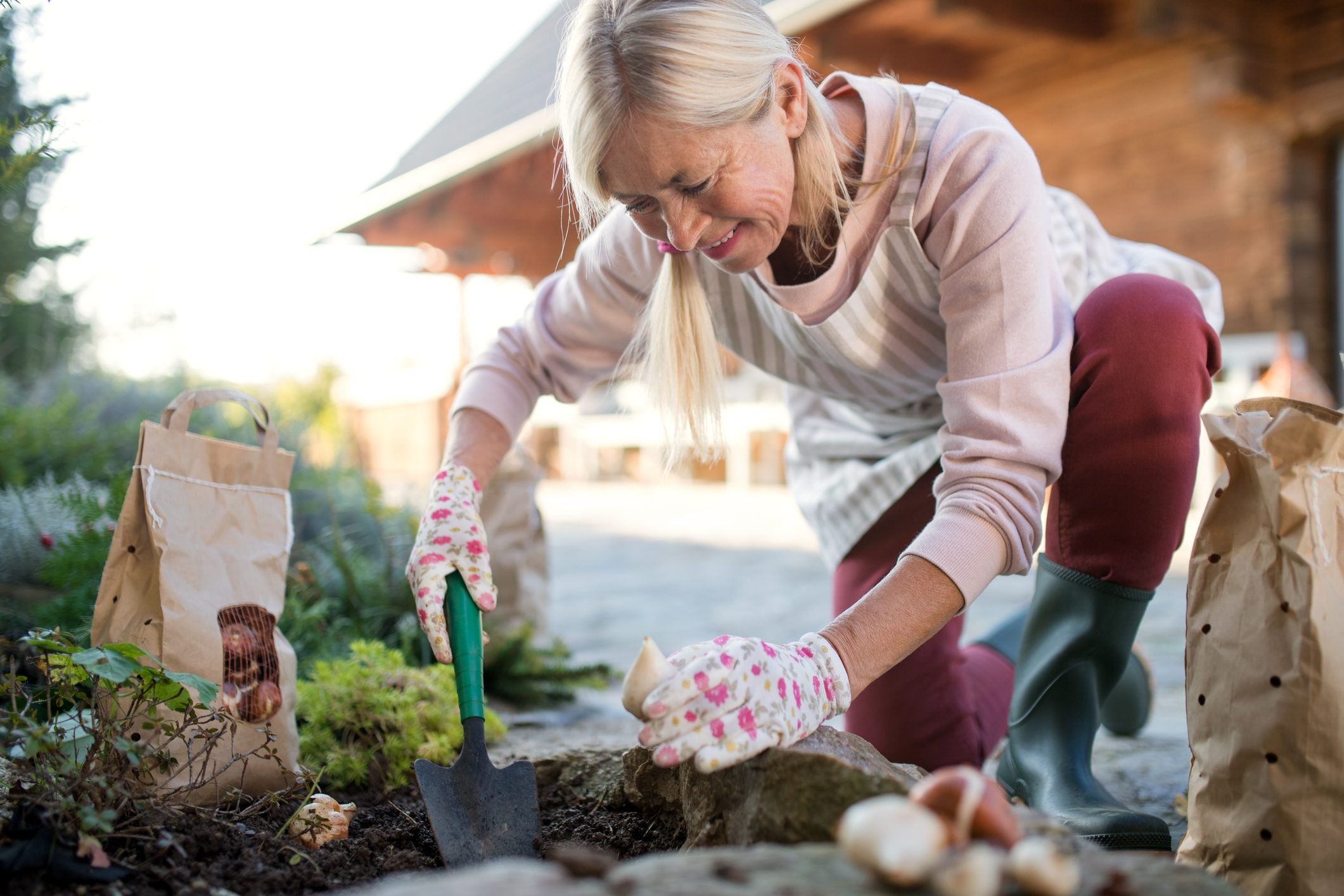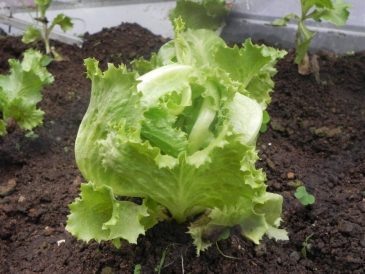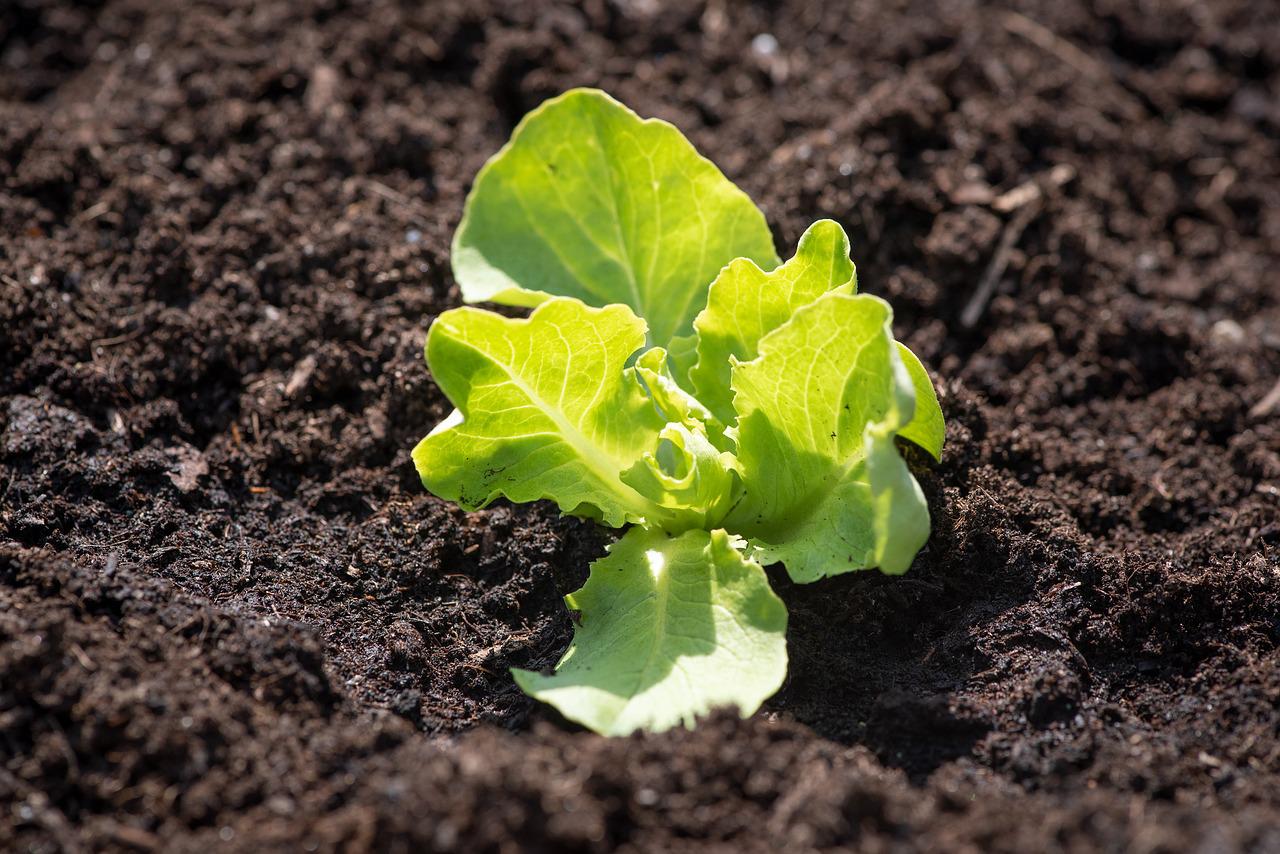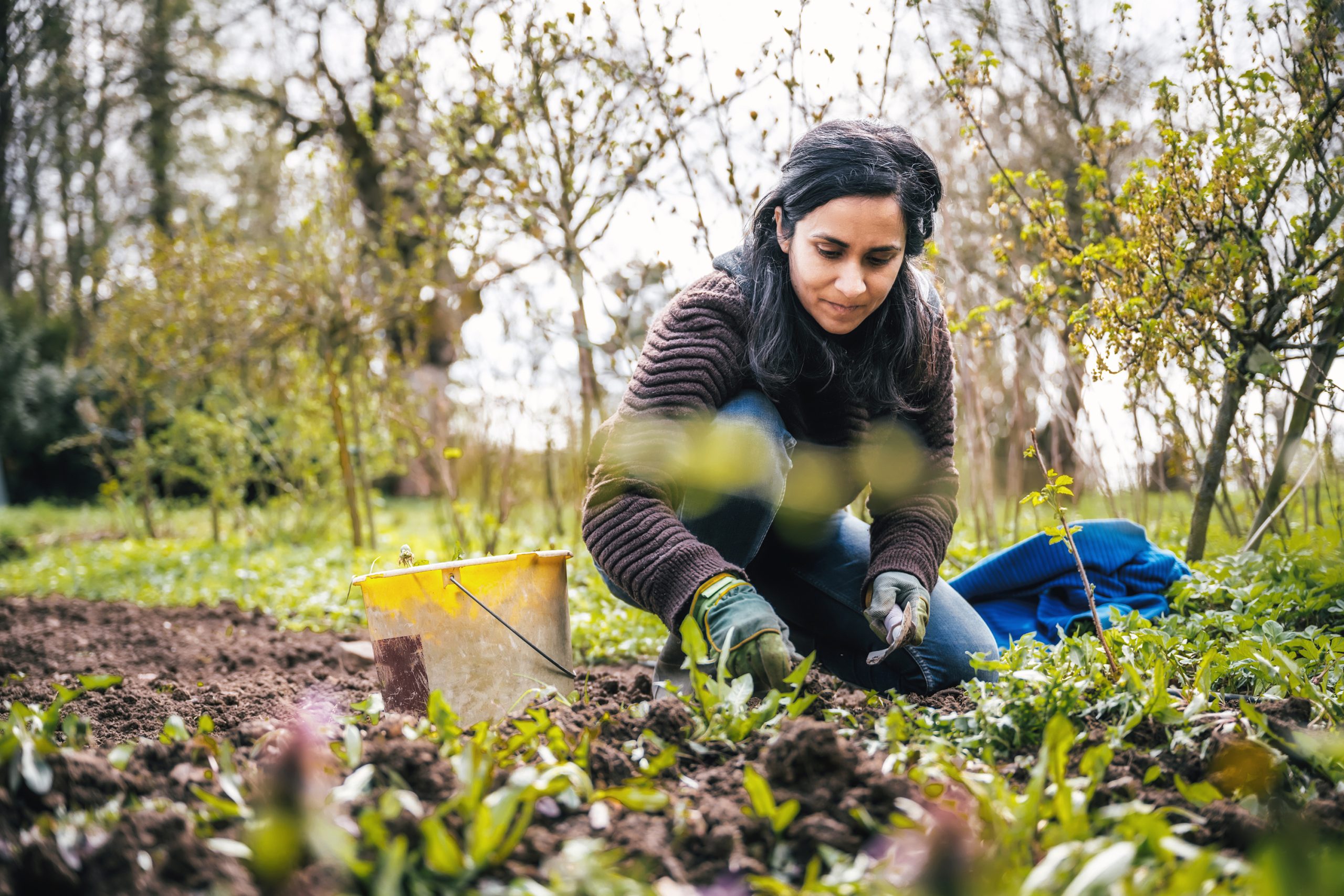After our first article from the series, we are coming with gardening in February with all the tips and tricks that you will need…
1. Plant cold-hardy annuals
You may grow cold-hardy annuals outside in frost-free areas. Plants that can withstand mild frosts include pansies, dianthus, sweet alyssum, dusty miller, sweet pea, osteospermum, and calendula. If unseasonably cold weather is forecast, protect your plants with a light sheet (not plastic) until the weather improves. To keep your cover stable in windy situations. Also, stakes should be used to avoid it from contacting the foliage. Place potted flowers in a safe spot.
Tip: If cold weather is forecast, thoroughly hydrate the soil surrounding your plants. Wet soil retains heat better than dry soil, which aids in warming the air near the soil surface.
2. Examine your houseplants

Give your houseplants a thorough check every time you water to keep pests like mealybug, scale, and spider mites at bay. These pests thrive in your home’s dry winter climate and may wreak havoc on your prized plants. Use an insecticidal soap or a houseplant pesticide to get rid of pests.
Tip: Spray your plants in the shower once a week to help wash away invading bug pests and boost humidity surrounding the plant. Because most indoor plants are tropical, the more humidity you can offer, the happier your plant will be.
3. Set up a Terrarium
Look for clear-glass containers with a lid or stopper that can assist in maintaining a humid environment around your plants to create a small rainforest. Why not create a garden beneath glass if it’s too chilly to garden outside in February? Choose a big, open-mouthed container for plants that favor a dry environment, such as succulents. Then seek plants that don’t spread out. Pilea, peperomia, ivy, artillery fern, button fern, baby tears, and others are good alternatives for a damp climate.
Tip: Sprinkle a layer of aquarium gravel across the bottom of your terrarium before adding soil. If you overwater, this will help with drainage. Then, a layer of window screen lay on top of the gravel to keep the soil from washing down.
4. Feed the Birds in February
In late winter, birds will have fewer natural food sources. It’s critical to keep your bird feeders supplied until spring arrives. To attract a diverse range of bird species, provide a choice of meals. Cardinals, blue jays, juncos, and various other birds flock to black oil sunflowers. Woodpeckers, mockingbirds, and nuthatches love beef suet. Nyjer seed is a favorite of finches. Include a variety of feeders, such as tubes, hoppers, and platforms, to meet different bird species’ eating patterns.
Tip: You can typically attract greater songbirds to freshwater than you can to food throughout the winter. Keep water in your birdbath from freezing by using a heater and replacing it every few days.
5. Start Seeds
In February, start flowers and veggies, which profit from an early start inside. Begonia, geranium, coleus, eggplant, and peppers may benefit from grow lights. Use a soilless seed-starting mix and place grow lights only a few inches above your plants for optimal results. Set a timer for 12 to 14 hours every day to keep the grow lights on. Use a heating pad below your plants to keep the soil warm and improve germination. When your seedlings are up and developing, water them with a diluted liquid fertilizer solution (at a fourth of the strength specified on the package).
Tip: Avoid starting your seedlings too soon. Read the seed packet to determine how long it will take for your plants to grow to the proper size for the garden. Then, to determine a correct start date, count backward from your latest projected frost date.
6. Start a Journal

One of the greatest methods to keep track of how your garden performs each season is to keep a garden notebook. Make a list of everything you can think of about your garden, both good and bad, so you can refer to it as you get ready for another planting season. Keep track of which foods had the finest flavor, which roses had the most fragrant blooms, which bug pests gave you headaches, and which container combinations wowed you. Make it a point to photograph your garden at least once a week so you can track its growth throughout the year.
Tip: Scan the plant tags and empty seed packs to make digital records of everything in your yard. You won’t have to physically keep a jumbled collection of tags and packages, and you’ll have a record of what’s growing in your garden.
Let us know in the comments if you want to have gardening in the March article…





